�
Modern Circuit Placement
Best Practices and Results
Series on Integrated Circuits and Systems
Series Editor:
Anantha Chandrakasan
Massachusetts Institute of Technology
Cambridge, Massachusetts
Modern Circuit Placement: Best Practices and Results
Gi-Joon Nam and Jason Cong
ISBN 978-0-387-36837-5
CMOS Biotechnology
Hakho Lee, Donhee Ham and Robert M. Westervelt
ISBN 978-0-387-36836-8
SAT-Based Scalable Formal Verification Solutions
Malay Ganai and Aarti Gupta
ISBN 978-0-387-69166-4, 2007
Ultra-Low Voltage Nano-Scale Memories
Kiyoo Itoh, Masashi Horiguchi and Hitoshi Tanaka
ISBN 978-0-387-33398-4, 2007
Routing Congestion in VLSI Circuits: Estimation and Optimization
Prashant Saxena, Rupesh S. Shelar, Sachin Sapatnekar
ISBN 978-0-387-30037-5, 2007
Ultra-Low Power Wireless Technologies for Sensor Networks
Brian Otis and Jan Rabaey
ISBN 978-0-387-30930-9, 2007
Sub-Threshold Design for Ultra Low-Power Systems
Alice Wang, Benton H. Calhoun and Anantha Chandrakasan
ISBN 978-0-387-33515-5, 2006
High Performance Energy Efficient Microprocessor Design
Vojin Oklibdzija and Ram Krishnamurthy (Eds.)
ISBN 978-0-387-28594-8, 2006
Abstraction Refinement for Large Scale Model Checking
Chao Wang, Gary D. Hachtel, and Fabio Somenzi
ISBN 978-0-387-28594-2, 2006
A Practical Introduction to PSL
Cindy Eisner and Dana Fisman
ISBN 978-0-387-35313-5, 2006
Thermal and Power Management of Integrated Systems
Arman Vassighi and Manoj Sachdev
ISBN 978-0-387-25762-4, 2006
Leakage in Nanometer CMOS Technologies
Siva G. Narendra and Anantha Chandrakasan
ISBN 978-0-387-25737-2, 2005
Statistical Analysis and Optimization for VLSI: Timing and Power
Ashish Srivastava, Dennis Sylvester, and David Blaauw
ISBN 978-0-387-26049-9, 2005
�
Gi-Joon Nam
Jason Cong
Modern Circuit Placement
Best Practices and Results
123
�
Editors:
Gi-Joon Nam
IBM Austin Research Laboratory
Austin, TX
USA
Jason Cong
University of California, Los Angeles
Los Angeles, CA
USA
Series Editor:
Anantha Chandrakasan
Department of Electrical Engineering and Computer Science
Massachusetts Institute of Technology
Cambridge, MA 02139
USA
Library of Congress Control Number: 2007926182
ISBN 978-0-387-36837-5
e-ISBN 978-0-387-68739-1
Printed on acid-free paper.
2007 Springer Science+Business Media, LLC
All rights reserved. This work may not be translated or copied in whole or in part without the written
permission of the publisher (Springer Science+Business Media, LLC, 233 Spring Street, New York, NY
10013, USA), except for brief excerpts in connection with reviews or scholarly analysis. Use in
connection with any form of information storage and retrieval, electronic adaptation, computer software,
or by similar or dissimilar methodology now know or hereafter developed is forbidden. The use in this
publication of trade names, trademarks, service marks and similar terms, even if they are not identified as
such, is not to be taken as an expression of opinion as to whether or not they are subject to proprietary
rights.
9 8 7 6 5 4 3 2 1
springer.com
�
Dedicated to VLSI circuit placement researchers and practitioners
whose creative and persistent efforts made it possible for us to handle
the exponential increase of circuit placement complexity in the past
four decades. –Gi-Joon & Jason
�
Contents
Foreword . . . . . . . . . . . . . . . . . . . . . . . . . . . . . . . . . . . . . . . . . . . . . . . . . . . . . . . . . .
xv
Preface . . . . . . . . . . . . . . . . . . . . . . . . . . . . . . . . . . . . . . . . . . . . . . . . . . . . . . . . . . . . xvii
Part I Benchmarks
1
2
ISPD 2005/2006 Placement Benchmarks . . . . . . . . . . . . . . . . . . . . . . . . . .
Introduction . . . . . . . . . . . . . . . . . . . . . . . . . . . . . . . . . . . . . . . . . . . . . . .
1.1
ISPD 2005 Placement Contest and Benchmark . . . . . . . . . . . . . . . . . .
1.2
1.3
ISPD 2006 Placement Contest and Benchmark . . . . . . . . . . . . . . . . . .
1.4
ISPD Placement Contest Results . . . . . . . . . . . . . . . . . . . . . . . . . . . . . .
References . . . . . . . . . . . . . . . . . . . . . . . . . . . . . . . . . . . . . . . . . . . . . . . . . . . . .
Locality and Utilization in Placement Suboptimality . . . . . . . . . . . . . . .
2.1
Introduction . . . . . . . . . . . . . . . . . . . . . . . . . . . . . . . . . . . . . . . . . . . . . . .
2.2 Peko-MC Benchmark Construction . . . . . . . . . . . . . . . . . . . . . . . . . . . .
2.2.1 Monotone Chains . . . . . . . . . . . . . . . . . . . . . . . . . . . . . . . . . . . .
2.2.2 The Peko-MC Algorithm . . . . . . . . . . . . . . . . . . . . . . . . . . . . . .
2.3 Peko-MS Benchmark Construction . . . . . . . . . . . . . . . . . . . . . . . . . . . .
2.4 Experiments . . . . . . . . . . . . . . . . . . . . . . . . . . . . . . . . . . . . . . . . . . . . . . .
2.4.1 Nonlocal Nets (Peko-MC) . . . . . . . . . . . . . . . . . . . . . . . . . . . . .
2.4.2 Parametrized White Space (Peko-MS) . . . . . . . . . . . . . . . . . . .
2.4.3 Suboptimality Under Both Parametrized White Space
and Nonlocal Nets . . . . . . . . . . . . . . . . . . . . . . . . . . . . . . . . . . .
2.4.4 Suboptimality of Detailed Placement . . . . . . . . . . . . . . . . . . . .
2.4.5 HPWL Suboptimality Comparison of Leading Academic
Tools on Peko-MS 2005 . . . . . . . . . . . . . . . . . . . . . . . . . . . . . .
2.4.6 Suboptimality of Routability-Aware Placement . . . . . . . . . . .
2.5 Conclusions . . . . . . . . . . . . . . . . . . . . . . . . . . . . . . . . . . . . . . . . . . . . . . .
2.6 Acknowledgments . . . . . . . . . . . . . . . . . . . . . . . . . . . . . . . . . . . . . . . . . .
3
3
4
7
8
11
13
13
15
15
16
17
22
23
25
25
27
29
31
34
35
�
viii
Contents
References . . . . . . . . . . . . . . . . . . . . . . . . . . . . . . . . . . . . . . . . . . . . . . . . . . . . .
35
Part II Flat Placement Techniques
3
DPlace: Anchor Cell-Based Quadratic Placement with Linear
Objective . . . . . . . . . . . . . . . . . . . . . . . . . . . . . . . . . . . . . . . . . . . . . . . . . . . . . .
3.1
Introduction . . . . . . . . . . . . . . . . . . . . . . . . . . . . . . . . . . . . . . . . . . . . . . .
3.2 Preliminaries and the Motivation . . . . . . . . . . . . . . . . . . . . . . . . . . . . . .
3.2.1 Quadratic Placement . . . . . . . . . . . . . . . . . . . . . . . . . . . . . . . . .
3.2.2 Force-Directed Quadratic Placement . . . . . . . . . . . . . . . . . . . .
3.2.3 The Proposed Approach . . . . . . . . . . . . . . . . . . . . . . . . . . . . . .
3.3 Global Placement in DPlace . . . . . . . . . . . . . . . . . . . . . . . . . . . . . . . . . .
3.3.1 Diffusion Preplacement . . . . . . . . . . . . . . . . . . . . . . . . . . . . . . .
3.3.2 Anchor Cells . . . . . . . . . . . . . . . . . . . . . . . . . . . . . . . . . . . . . . . .
3.3.3 Unconstrained Wire Length Minimization . . . . . . . . . . . . . . .
3.3.4 HPWL Transformation in a Quadratic System . . . . . . . . . . . .
3.3.5 Fixed Blockages . . . . . . . . . . . . . . . . . . . . . . . . . . . . . . . . . . . . .
3.3.6 Wire Length Improvement Heuristics . . . . . . . . . . . . . . . . . . .
3.4 Legalization and Detailed Placement . . . . . . . . . . . . . . . . . . . . . . . . . .
3.5 Overall Algorithm . . . . . . . . . . . . . . . . . . . . . . . . . . . . . . . . . . . . . . . . . .
3.6 Experiments . . . . . . . . . . . . . . . . . . . . . . . . . . . . . . . . . . . . . . . . . . . . . . .
3.6.1 Advantages of our New Formulation . . . . . . . . . . . . . . . . . . . .
3.6.2
ISPD Placement Contest Benchmarks . . . . . . . . . . . . . . . . . . .
3.6.3 PEKO-MS Benchmarks . . . . . . . . . . . . . . . . . . . . . . . . . . . . . . .
3.7 Conclusions . . . . . . . . . . . . . . . . . . . . . . . . . . . . . . . . . . . . . . . . . . . . . . .
References . . . . . . . . . . . . . . . . . . . . . . . . . . . . . . . . . . . . . . . . . . . . . . . . . . . . .
4 Kraftwerk: A Fast and Robust Quadratic Placer Using an Exact
Linear Net Model . . . . . . . . . . . . . . . . . . . . . . . . . . . . . . . . . . . . . . . . . . . . . .
4.1
Introduction . . . . . . . . . . . . . . . . . . . . . . . . . . . . . . . . . . . . . . . . . . . . . . .
4.2 Net Model . . . . . . . . . . . . . . . . . . . . . . . . . . . . . . . . . . . . . . . . . . . . . . . .
4.2.1 Clique Net Model . . . . . . . . . . . . . . . . . . . . . . . . . . . . . . . . . . . .
4.2.2 BoundingBox Net Model. . . . . . . . . . . . . . . . . . . . . . . . . . . . . .
4.2.3 Advantages of the BoundingBox Net Model . . . . . . . . . . . . . .
4.3 Quadratic Placement Methodology . . . . . . . . . . . . . . . . . . . . . . . . . . . .
4.3.1 Additional Forces . . . . . . . . . . . . . . . . . . . . . . . . . . . . . . . . . . . .
4.3.2 Proof of Convergence . . . . . . . . . . . . . . . . . . . . . . . . . . . . . . . .
Implementation Details . . . . . . . . . . . . . . . . . . . . . . . . . . . . . . . . . . . . . .
4.4.1 Engineering Change Order . . . . . . . . . . . . . . . . . . . . . . . . . . . .
4.4.2 Quality Control . . . . . . . . . . . . . . . . . . . . . . . . . . . . . . . . . . . . . .
4.4.3 Spring Constants of the Target Points . . . . . . . . . . . . . . . . . . .
4.4.4 Convergence Plot . . . . . . . . . . . . . . . . . . . . . . . . . . . . . . . . . . . .
4.4.5 Control of the Module Density . . . . . . . . . . . . . . . . . . . . . . . . .
4.5 Experimental Results . . . . . . . . . . . . . . . . . . . . . . . . . . . . . . . . . . . . . . .
4.4
39
39
41
41
42
44
45
45
46
48
50
51
52
53
53
53
53
55
55
56
57
59
59
62
63
65
66
67
68
71
72
72
74
75
76
78
81
�
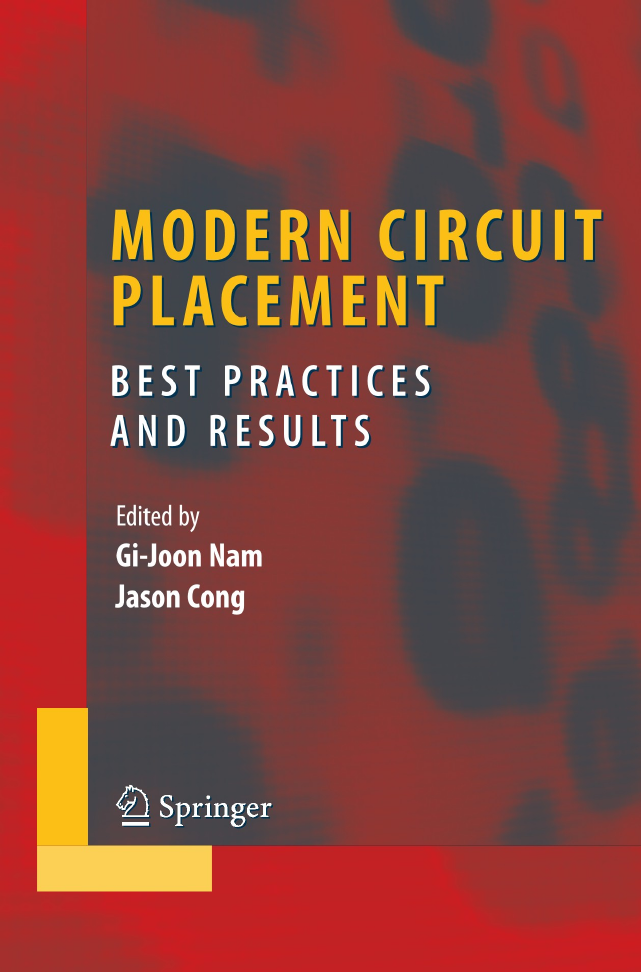

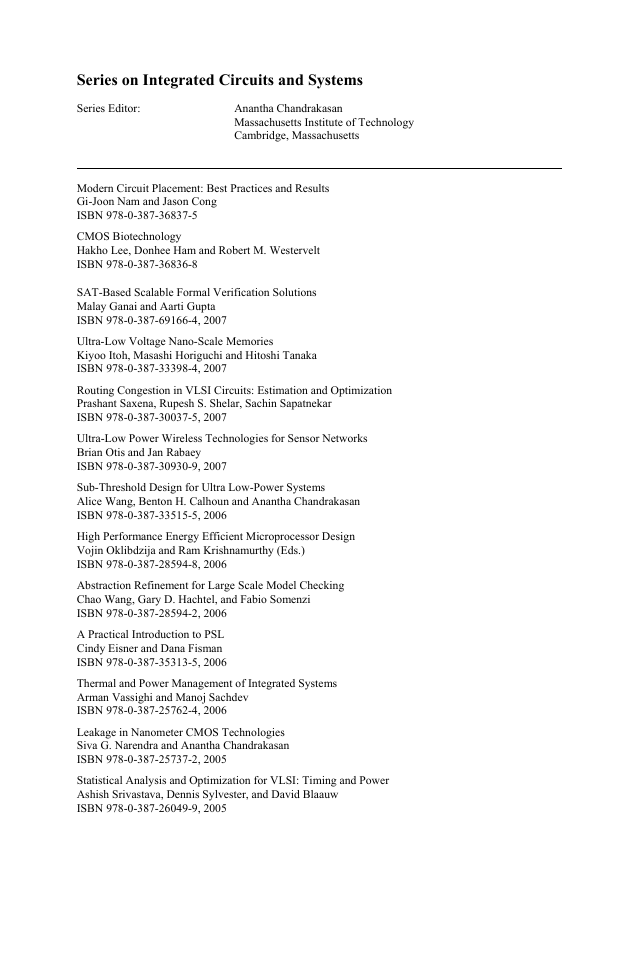
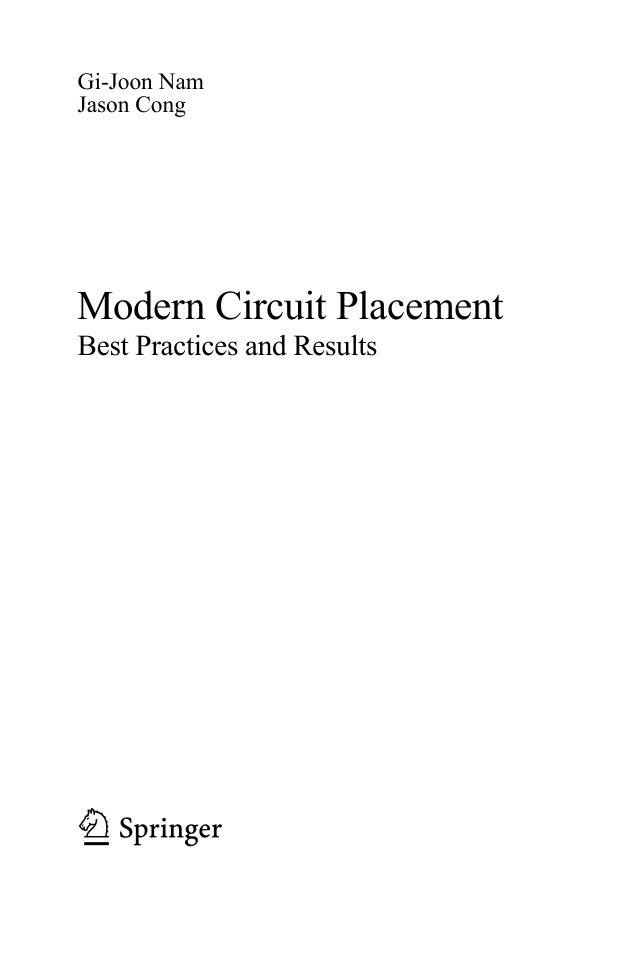
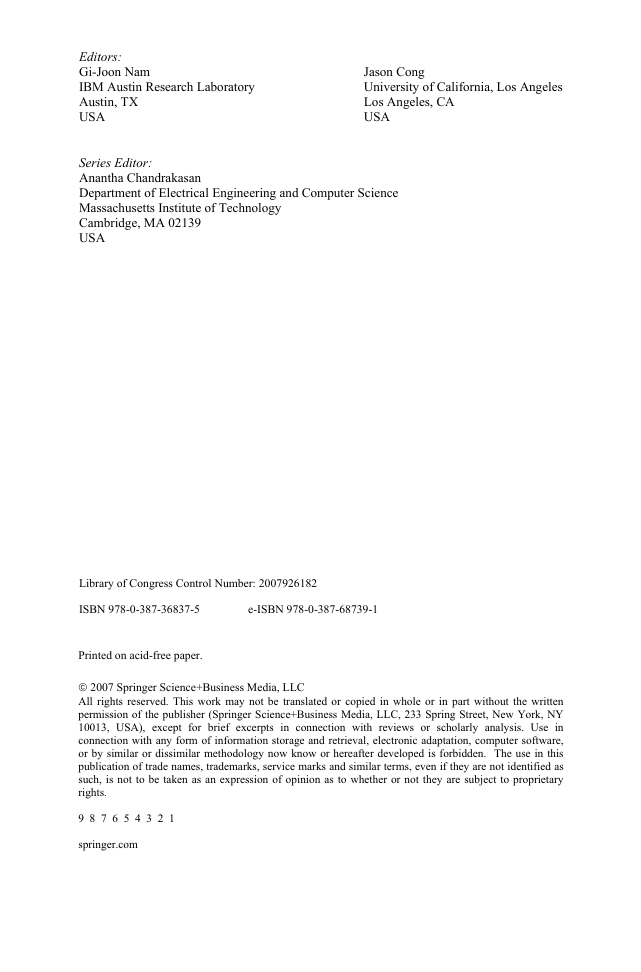

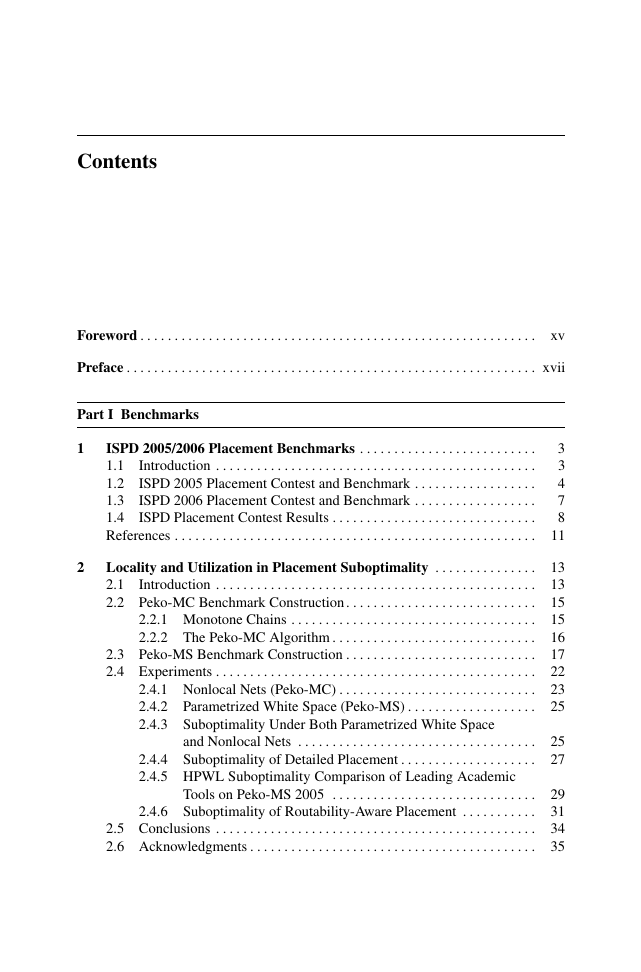
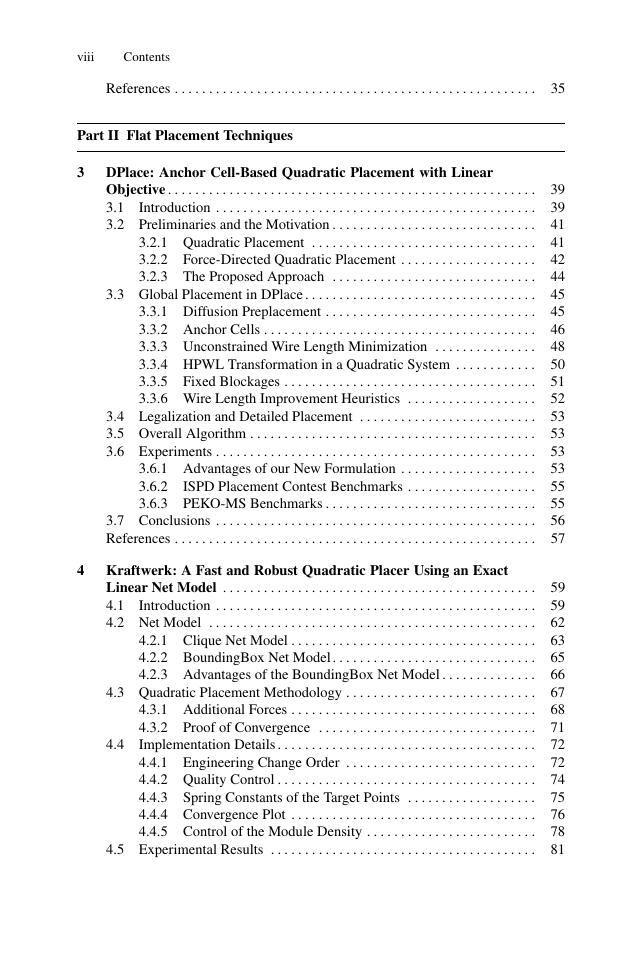








 2023年江西萍乡中考道德与法治真题及答案.doc
2023年江西萍乡中考道德与法治真题及答案.doc 2012年重庆南川中考生物真题及答案.doc
2012年重庆南川中考生物真题及答案.doc 2013年江西师范大学地理学综合及文艺理论基础考研真题.doc
2013年江西师范大学地理学综合及文艺理论基础考研真题.doc 2020年四川甘孜小升初语文真题及答案I卷.doc
2020年四川甘孜小升初语文真题及答案I卷.doc 2020年注册岩土工程师专业基础考试真题及答案.doc
2020年注册岩土工程师专业基础考试真题及答案.doc 2023-2024学年福建省厦门市九年级上学期数学月考试题及答案.doc
2023-2024学年福建省厦门市九年级上学期数学月考试题及答案.doc 2021-2022学年辽宁省沈阳市大东区九年级上学期语文期末试题及答案.doc
2021-2022学年辽宁省沈阳市大东区九年级上学期语文期末试题及答案.doc 2022-2023学年北京东城区初三第一学期物理期末试卷及答案.doc
2022-2023学年北京东城区初三第一学期物理期末试卷及答案.doc 2018上半年江西教师资格初中地理学科知识与教学能力真题及答案.doc
2018上半年江西教师资格初中地理学科知识与教学能力真题及答案.doc 2012年河北国家公务员申论考试真题及答案-省级.doc
2012年河北国家公务员申论考试真题及答案-省级.doc 2020-2021学年江苏省扬州市江都区邵樊片九年级上学期数学第一次质量检测试题及答案.doc
2020-2021学年江苏省扬州市江都区邵樊片九年级上学期数学第一次质量检测试题及答案.doc 2022下半年黑龙江教师资格证中学综合素质真题及答案.doc
2022下半年黑龙江教师资格证中学综合素质真题及答案.doc